AARP Hearing Center


During the pandemic, many concerned consumers developed the habit of spending less time in the grocery store. Before the pandemic, the typical shopper went to the store 2.5 times weekly and spent 22 minutes there on each visit. Now the typical shopper is going just once weekly — and remains eager to leave as quickly as possible, says Phil Lempert, founder and editor of SupermarketGuru.com. As a result, some grocers are reaching deeper into their bags of tricks to get shoppers to stay longer and buy more. Here are 10 of the most effective of those tricks.
1. Making a display look like it's offering a special deal when it isn't
How it works: Consumers are accustomed to finding special supermarket promotions stacked on so-called “endcaps” at the very beginning and end of supermarket shopping aisles. But only about half the time are these products actually on sale, says Lempert. “Just because it's piled high doesn't mean they are selling it cheap,” he says.
How to avoid the trick — but still save: First, of course, you should read the fine print and see if the product is really on sale. Another option, says Andrea Woroch, a consumer savings expert, is to walk down the aisle to where the product is usually sold and compare the price with other similar options. That way you can make sure you're getting the most bang for your buck.
2. Displaying complementary items next to each other
How it works: Few supermarket displays are more enticing in summer than the ones that place fresh strawberries, whipped cream and pastry shells on the same display in the produce section. But this practice, often called “cross merchandising,” has one purpose only: to get you to buy items you weren't expecting to purchase at all, says Lempert.
How to avoid the trick — but still save: Stick with your list. If you came into the store to buy strawberries, go with the strawberries — and bag the sideshow, says Lempert.
3. Placing essential items like milk and eggs in the back of the store
How it works: By placing necessities in the very rear of the store, grocery chains force shoppers to walk the entire length of the store — up and down at least two aisles — to get what they want. In the process, it's all too easy to be distracted by some other impulse purchase that catches your eye. These kinds of purchases account for nearly 50 percent of grocery store purchases, says Woroch.
How to avoid the trick — but still save: Don't run into the supermarket when you need only a few essentials like milk and eggs. Instead, says Woroch, consider picking those things up at the corner drugstore when you're picking up a prescription or some other necessities. Most of the time, she says, drugstores charge relatively fair prices for milk and eggs.



















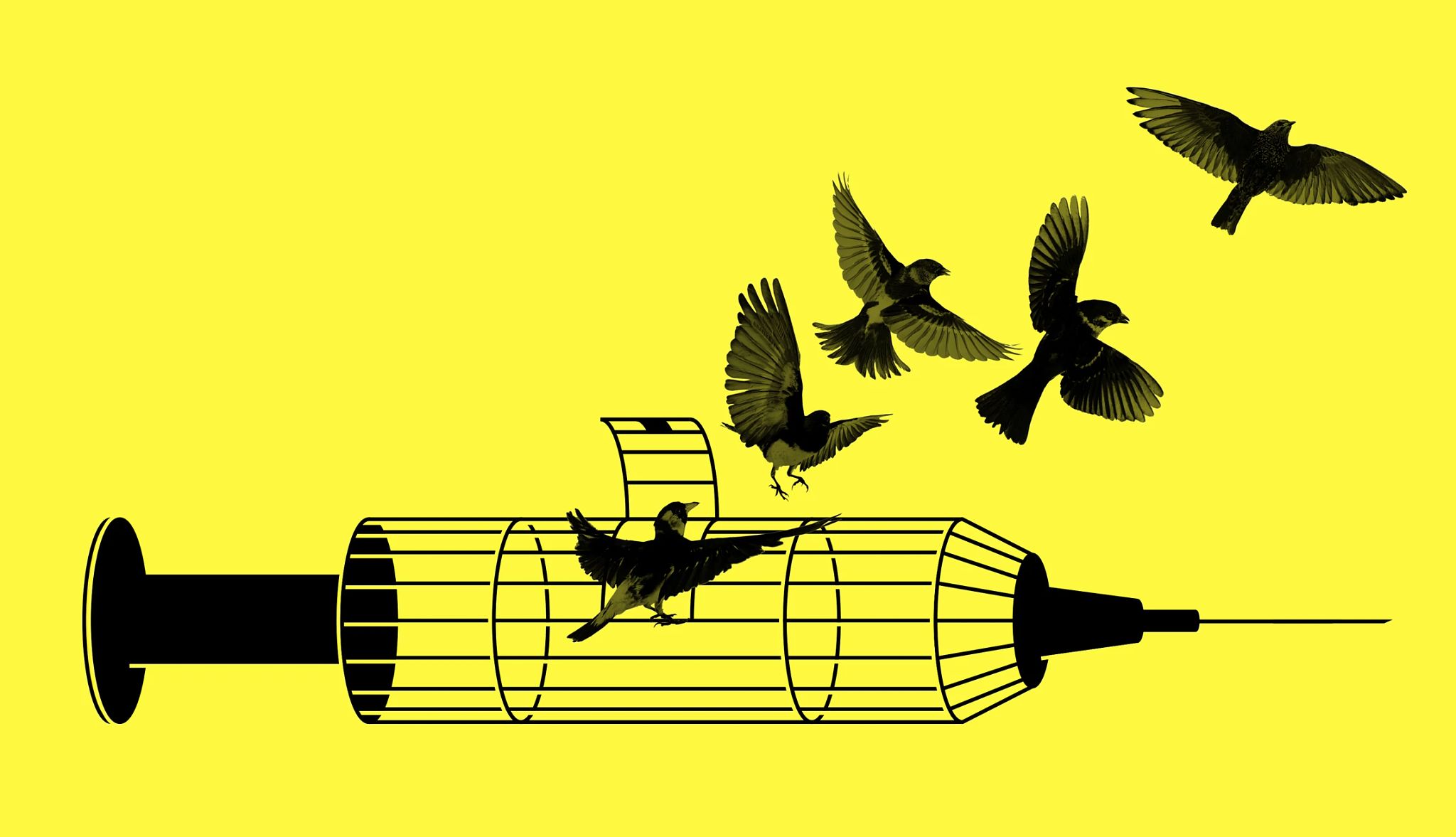




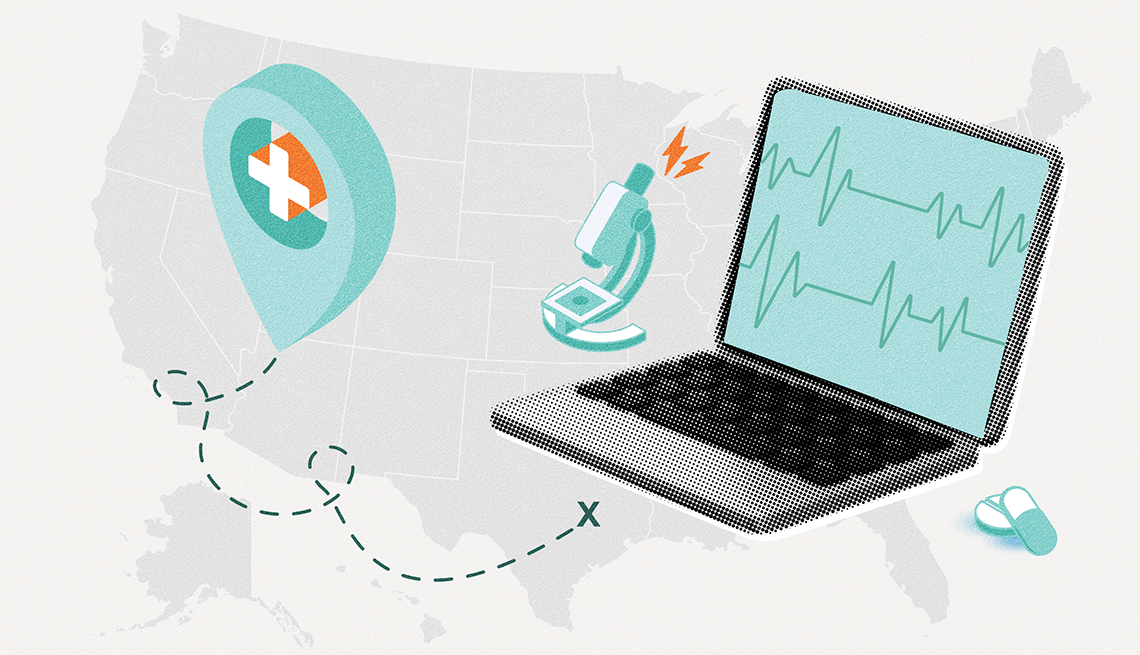






.jpg?crop=true&anchor=13,195&q=80&color=ffffffff&u=lywnjt&w=2008&h=1154)













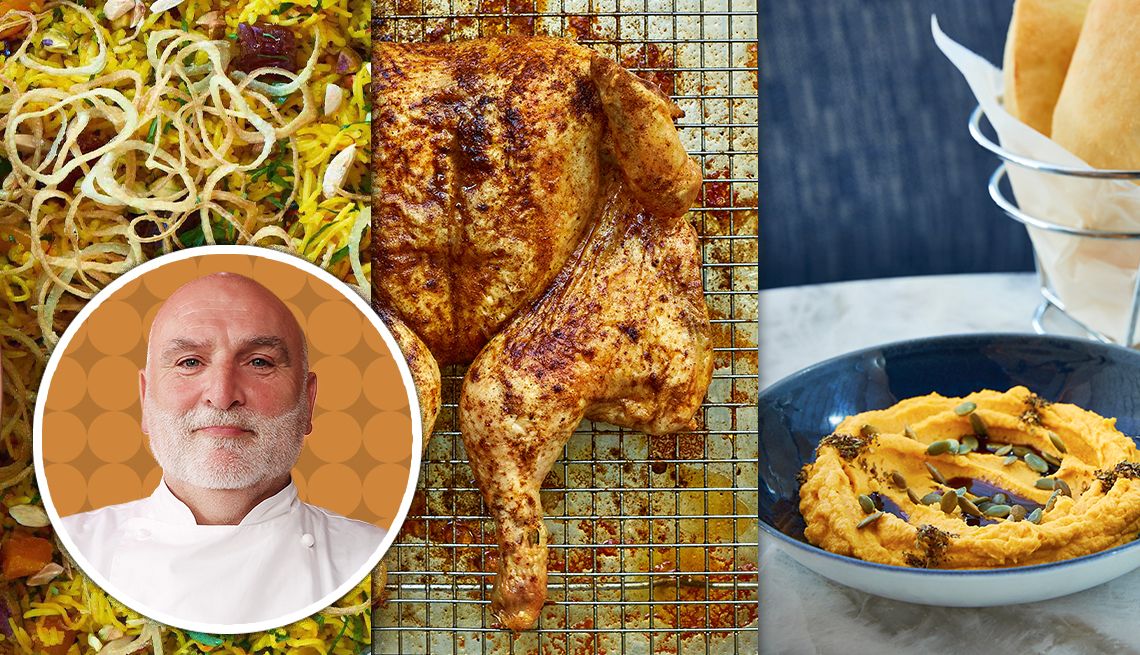
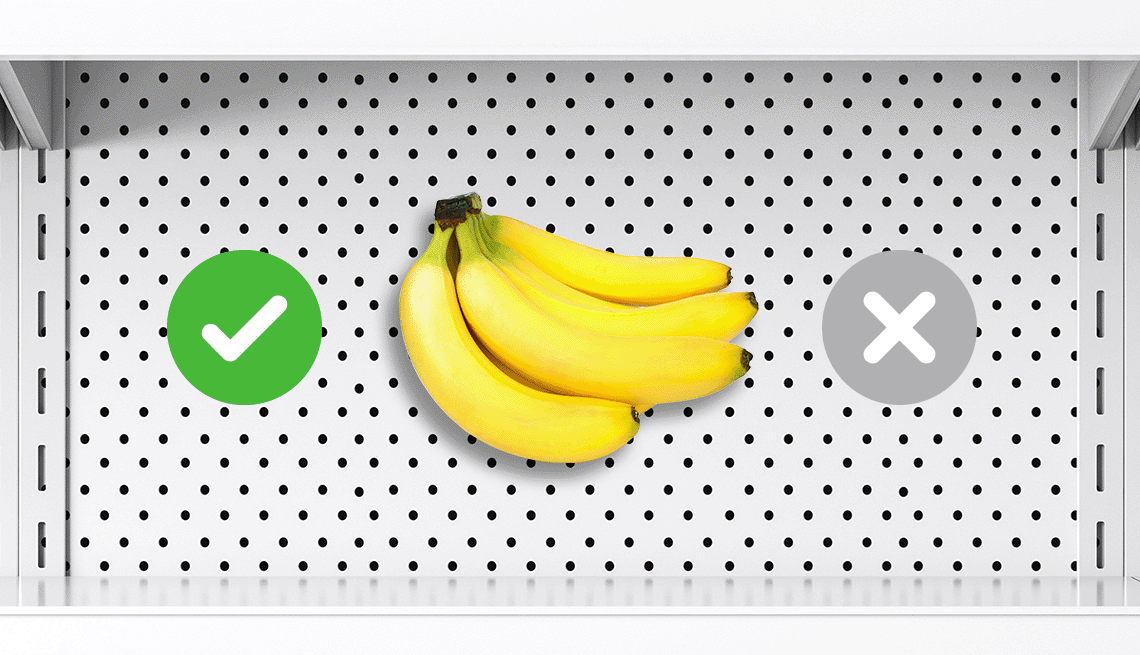
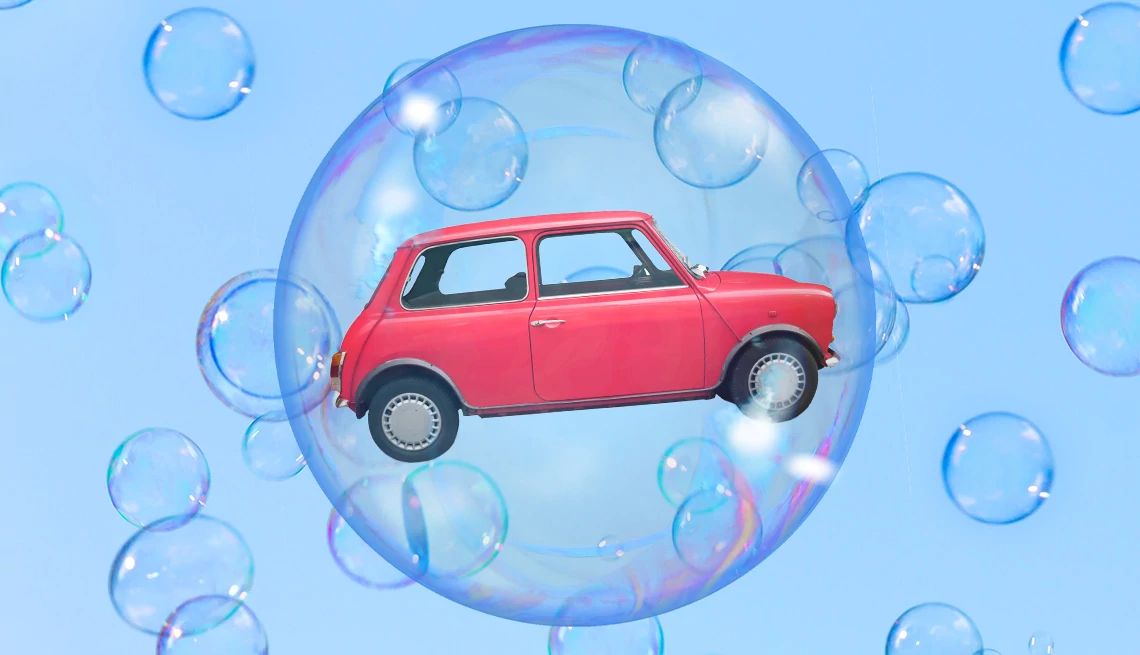













More on money
How to Stretch Your Retirement Money as Prices Rise
Inflation erodes older adults' buying powerSubscribe and Save?
Pros and cons of signing up for auto-deliveries